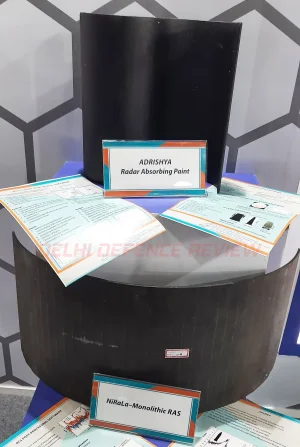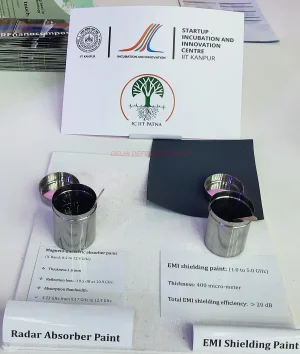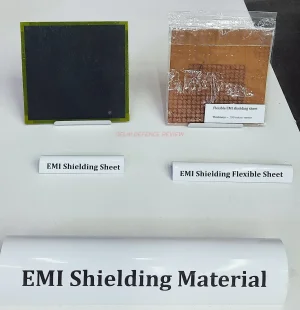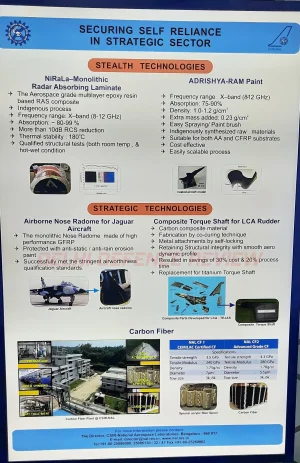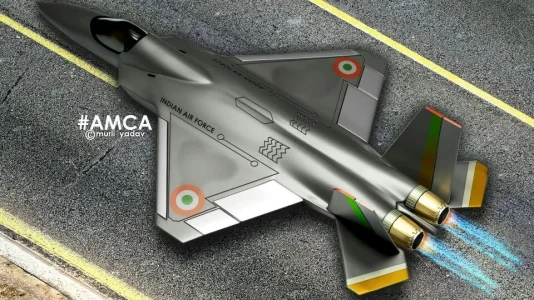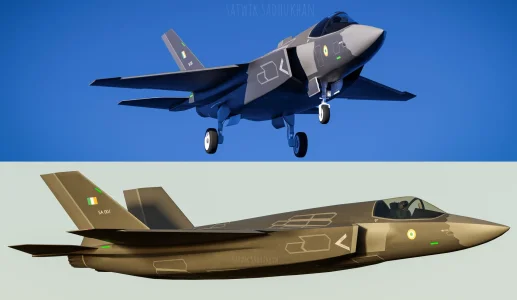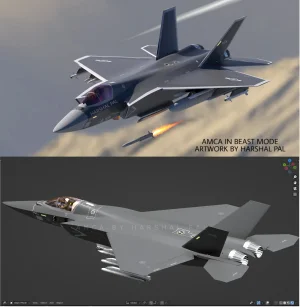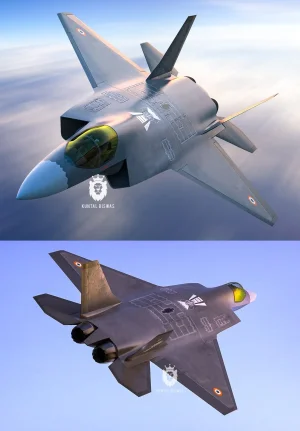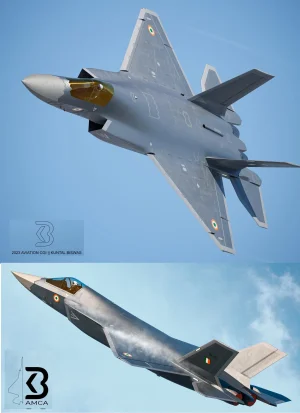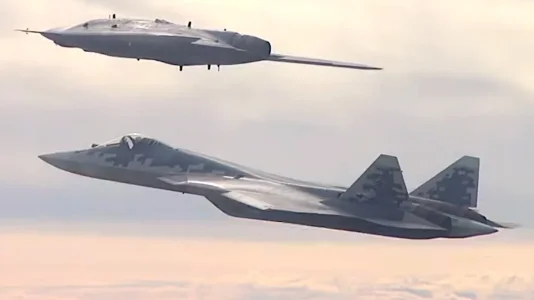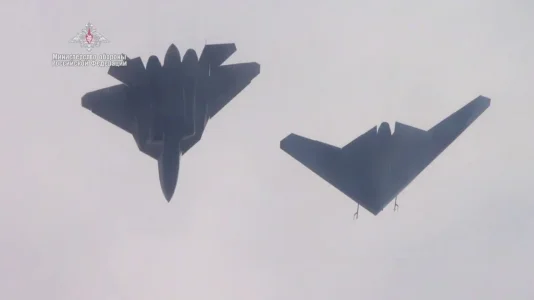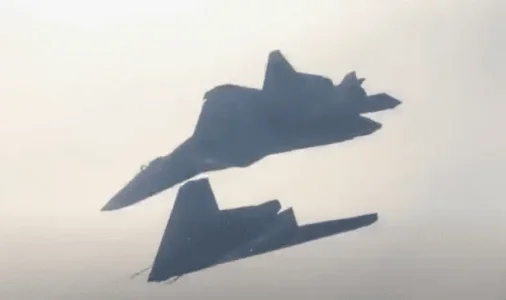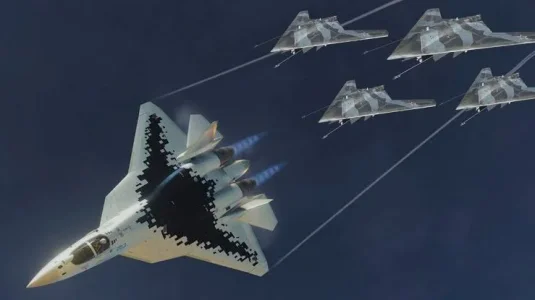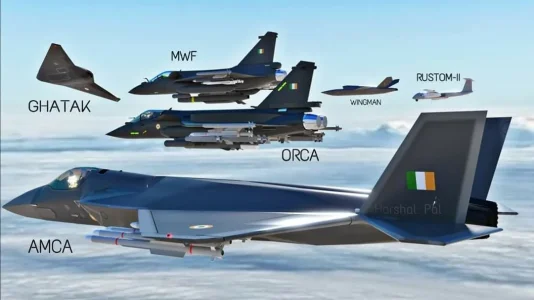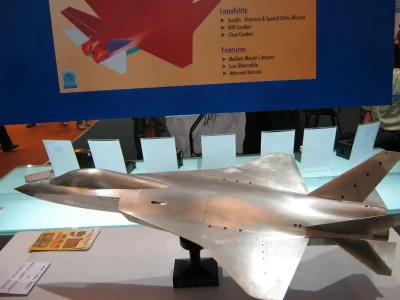India’s AMCA Not A 5th-Gen Fighter Jet? Lacks 3 Key Features To Be In The Same League As F-35: OPED
India's AMCA fifth-gen fighter jet will be developed by the Defence Research & Development Organisation (DRDO). Will it be 5th-Gen aircraft?

www.eurasiantimes.com
I read the article by Vijainder K Thakur, who is a retired IAF Jaguar pilot, author, software architect, entrepreneur, and military analyst, as mentioned on the website.
It seems not just the citizens but Ex-IAF officials are also very unhappy with DoD's R&D progress.
Although some of their concerns are genuine but I wonder why such people & websites don't show their homework, basic diagrams, calculations.
1. Supercruise may be Jhumla. 95% of times, Jets fly Sub-Sonic, unless you have a VCE to improve endurance, a F-22 itself can supercruise only for 20 to 30 Minutes in straight line or so before fuel runs out. Fifth Generations Stealth Aircraft rely on First See First Kill and not so much on speed. Atmost it will impart higher KE.
Then not just F-22, EF-2000, but
we also have got Rafale Jhumla fighter.



> Let me put it this way - 99% of the times all types of arms are on safety - guns, tanks, ships, submarines, jets, etc, only to be used during active war or attack.
Similarly
SuCr is war time feature to dash & intercept, give higher KE/range to weapons w/o using AB/reheat & increasing IRS. For peace time patrol there are SOP for subsonic flight using less fuel within allocated budget.
1st see 1st kill also means using stealth & tactics to sneak & attack from sides, below, top, behind, bcoz AFAIK only Su-57 has side & rear looking radar. So sneaking requires SuCr to dash w/o using AB/reheat & increasing IRS.
Some people look at fighter jet like civil jet, focus only on extra fuel in SuCr vs subsonic flight but neglect higher speed & distance covered in less time. F-22's
F119 engine gives highest SuCr @ M 1.8 & lowest SFC of 17 gm/KN/s @ 100% throttle.
After looking at basics of AMCA design of fuselage & wings, it seems it may SuCr b/w Mach 1.2-1.4 with F414 engine.
2. Supermaneuverability is definitely a Jhumla. Atleast Supercruise is relevant. With HMD and hyper maneuverable missiles, any attempt at doing clown shows in air will kill the plane instantly.
Then our Su-30MKI & Su-57, Su-35-S, F-22 are Jhumla fighters. 


> Rafale had some success against F-22 in gunfight, so
TVC should be there as long as guns are there or it will be suicidal. J-10C has TVC, J-20 will get it. Hence J-31/35 will also most likely get it.
The question is will USA allow slight modification of F414 to attach TVC nozzle. And there is no need to panic about the slight weight add of few actuators. It seems
DoD is also working on TVC for AMCA.
Chances against IR-CCM using Imaging IR seeker, are low but BVR-AAM uses leading intercept-point for flight, which can be exploited. The idea is to stay outside enemy AAM's NEZ where AAM is burning fuel. Outside NEZ the AAM is in unpowered flight & there are tactics to deplete its remaining KE. If the AAM can be brought to lower altitude & again climb up then it will have to work against gravity.
3. Sensor Fusion: we don't even know much what they gonna do and so few details to comment.
> On sensor fusion it seems
DoD is also working on complete coverage of sensors. So it would mean sensor fusion too. But it would be premature to comment & conclude until the 1st few SPVs/TDs fly.
The article mentions -
["DRDO aims to field
Stage 2 (situation awareness) sensor fusion with MWF LCA Mk.2. Fifth-generation fighters are expected to feature
Stage 3 (Decision assist) or Stage 4 (Automated decision) sensor fusion.
‘Decision assist’ situational awareness includes
automatic prioritization of threats to assist the pilot.
‘Automated decision’ situational awareness includes prioritizing and
automatically engaging threats.
DRDO is still grappling with developing capable RF, IR, and Optical sensors. Sensor fusion will follow sensor development. It will be long before it can field Stage 3 and Stage 4 situational awareness."]
Suppose, If 4 targets are approaching from any direction,
1 is illuminating us &
2 is illuminating wingman or other friendly asset,
3 & 4 targets are behind & passive,
then the
avionics code should be able to prioritize the targets based on their distance, orientation, emmissions, which target is selected by wingmen, etc. Our IT boom started in 1990s, so 30 years so far + 5 years for prototypes + 5 years for IOC.
In 40 years our DoD should be able to implement satisfactory situational awareness with Stage-3 target prioritization.
IDK why would a manned fighter jet need Stage-4 automatic weapon launch w/o pilot's command.
4. Regarding rear aspect IR stealth. If you increase Bypass ratio like F-135 in F-35, then max speed gonna suffer.
How are you mixing IRS with BPR & speed?


Jet engine is a very tricky thing.
Many parameters together create final O/p of thrust/speed.
Increasing BPR increases thrust. EF-2000 supercruises at M 1.5 with EJ-200 having higher BPR than Rafale's M-88-2 & F414. Look at past graph & table.
The
Bypass air adds more thrust due to Bernoulli's theory on fluid mechanics. When compressed ambient air is mixed with core air the resultant force amplifies. This is also used in many air-nozzles to inflate various things fast like sleeping air bags, tyres, airliner emergency ramp, etc.
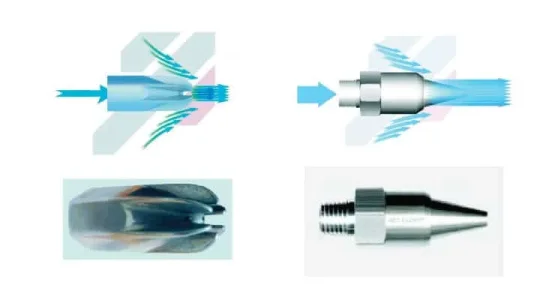
Overall for an aircraft, look at past posts.
Max speed depends also on fuselgae & wing design. F-35 has small trapezoidal wings with low sweep angle producing higher drag. It is intentional international blunder.
Civil engines & military engines dimensions & setup in fuselage are different.
In case of civil jets where engines hang under wing, the BPR can be huge with big diameter fans.
In some we can even see through bypass channel b/w the blades.
so
visually we know how much air is passing through core & bypassing it.

But this
cannot be case with jet fighters as their body needs to be slim, flt, more streamlinned, stealthy.
W.r.t. engine only, the
blade tip's tangential velocity cannot cross Mach-1 producing shockwaves & shattering engine. So
rotational velocity RPM limit reduces with increasing diameter, so OPR or compression ratio also reduces which in turn reduces thrust & in turn reduces speed. But there are
other engine parameters also contributing to thrust/speed.
In jet fighters, for supersoic flight, an intake tunnel, ramps, DSI, etc are deployed to reduce speed of air from supersonic to subsonic.
And at rear end, we see only a big hole of exhaust.
Visually we don't know how much air bypasses.
Regarding rear aspect IR stealth... Regarding Radar Stealth, since its F414 and we can't modify the nozzles with sawtooth edges, unless a domestic engine arises, it will stay the same. TFX Kaan, KF-21, FC-31 none of the three have IR stealth and RF stealth as the engines they gonna get from OEM is not optimized for any. So rear aspect stealth depends on the engine and not so on the plane.
It is just a different shape of panels. It was done for F-16 LOAN as a test then implemented on F-35. We can modify if USA/GE doesn't mind.
How Turkey, S.Korea, China do business & R&D is internal to them & not relevant or dictating to us.
For rear RF stealth, F-22 & F-35 use angled planform shaping on trailing edges also. The actuator housing bumps are blended. RAM is applied at appropriate places. The turbine blades, exhaust vanes are shielded by extra ceramic stealth vanes.
For rear IR stealth also they use ceramic stealth vanes; Transpiration cooling which uses bypass air.
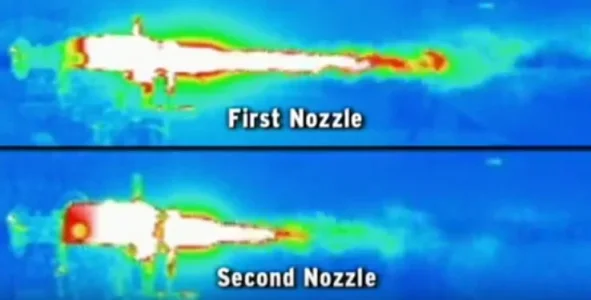
As long as we use action-reaction jet engine using fossil fuel, there is a limit to which IRS can be reduced. At close range the stealthiest airframe is also clearly visible.
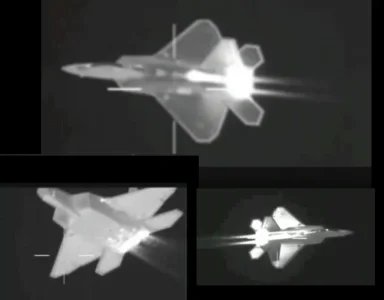


 Last decade passed so fast
Last decade passed so fast 










